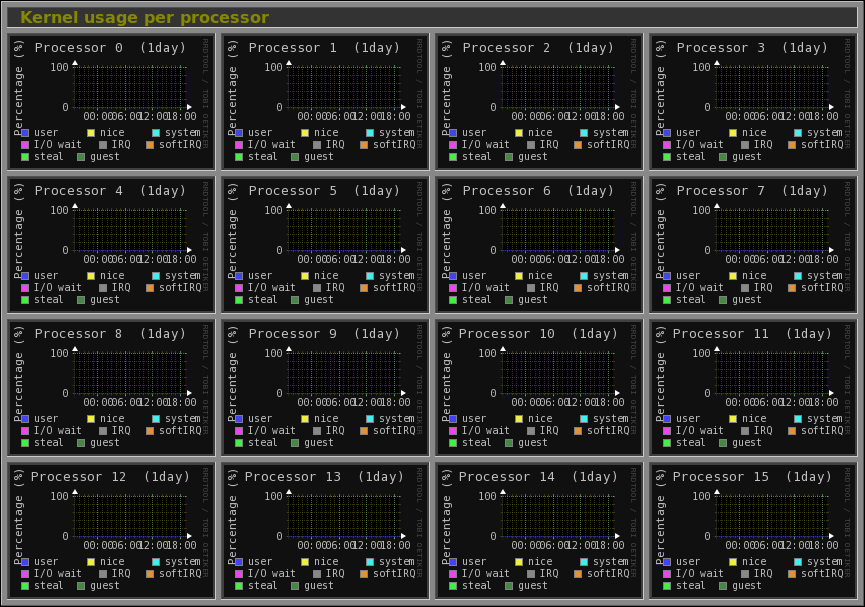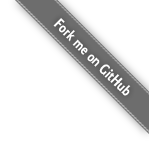Welcome to the Monitorix project
Take control over your small server
News
17-Oct-2010
Two months ago I started creating the new Monitorix 2.0. I'm very excited with it and I'm working hard to offer you a nicer piece of software. It is being rewriten completely and the most important change is that it no longer depends oncrond for working. The new 2.0 will be a complete standalone Perl daemon. I hope this will help a lot its portability to other systems.
Because it is being rewriting completely I'm writing the new version following the current graphs order and improving them when I think it's needed. Currently I've finished some graphs, so the following is the list of new features on them:
system.rrd
This is the new name of the oldcpu.rrd, this is a pretty complete graph so it only includes two little changes:
- The current total system memory is also saved with the rest of values so further memory size changes will be reflected in the graph.
- The uptime is no longer shown using the
uptimecommand, but using my own function. This makes it more portable to other systems.
kern.rrd
This one includes an important number of new features, including a new third graph that was pending to finish from the previous Monitorix 1.x branch. The new features are:- It includes 4 new values that appeared on the newer Linux kernels;
IRQ,software IRQ,stealandguest. Those new values will be shown among the current ones (user,nice,systemandI/O wait).
You may learn more about them in theproc(5)man pages searching for '/proc/stat'. - Due to the number of values represented in this graph, now there is the ability to disable any of them.
- The Context Switch graph now shows the current value.
- Included a third graph to complete the layout, that displays the percentage of use of the VFS, including the directory cache entries (
dentries), the number of allocated files and the number of allocated inodes.
proc.rrd
By popular demand this graph includes support for unlimited number of processors in the system (either physical or logical), with some new features:- Included the ability to define the number of the graphs per row.
- Included the ability to change the size of the graphs (there are already some predefined sizes).
- Included the ability to disable completely the numeric data information.

The new Monitorix 2.0 will maintain the two modes (text and graph) in order to continue its commitment with those blind people or people with vision impairments that use Screenreaders software to interact with the computer.





